How Edwardian architecture changed through the words and pictures of Country Life
Country Life played a pivotal role in the development of Edwardian architectural taste, championing eclecticism and engaging with history. Timothy Brittain-Catlin explains more.
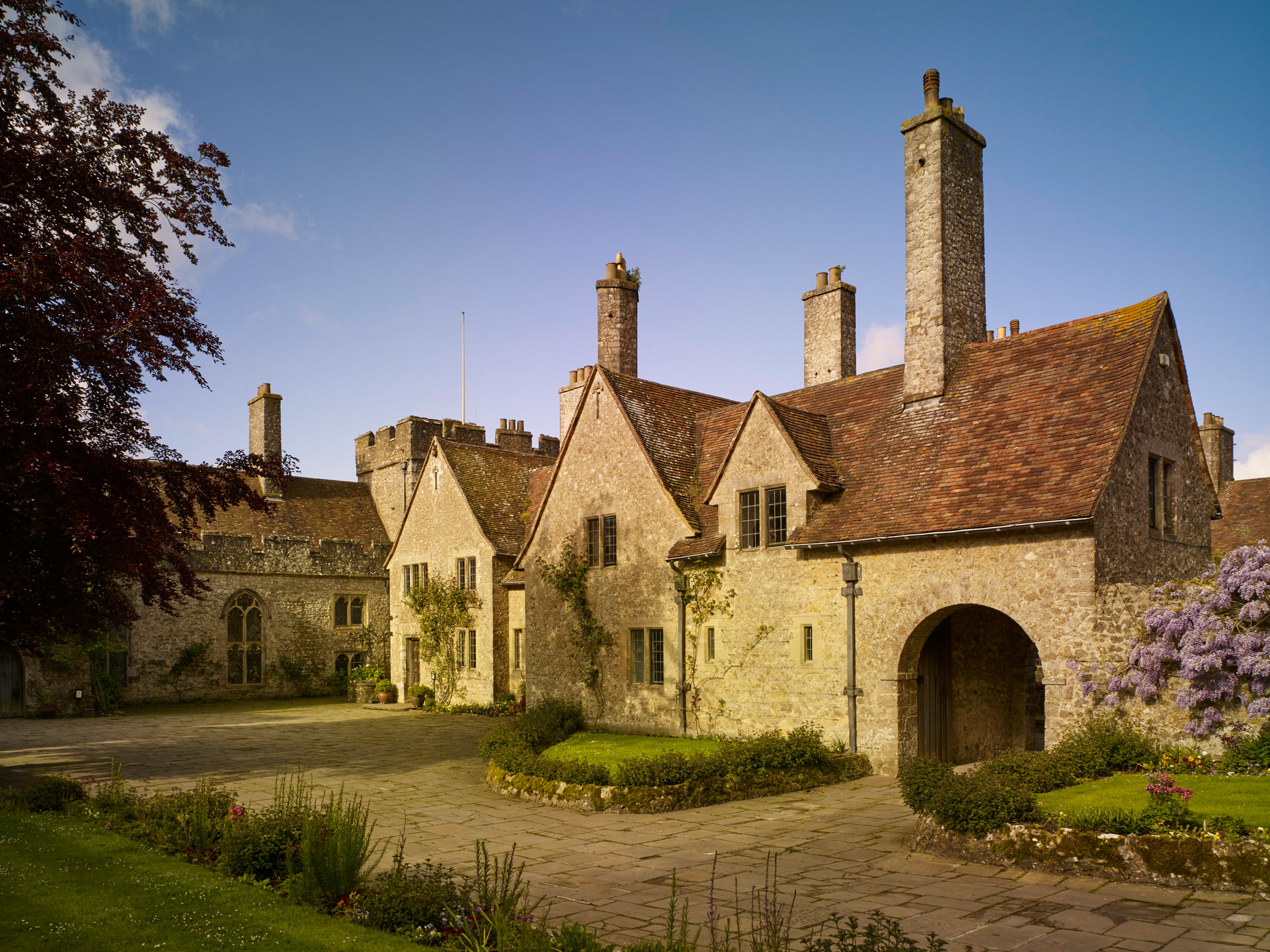

Not only the country-house ideal as we know it, but the whole of Edwardian domestic architecture was shaped by Country Life. Some of the reasons why this came about are straightforward: the magazine had the best critics, the most educated social historians and the most comprehensive experts in gardening and house design of any regular publication, not to mention the campaign it maintained for more than a decade to raise standards. Other reasons, however, are more in the realm of magic.
Country Life’s first number came out in January 1897 and, right from the start, there were illustrated scholarly articles on the historic homes of England. This was a novelty: there were then few places where readers could be regularly tempted into a properly researched, accurate account of an old house, however famous.
In the early days, these were mostly Tudor buildings: the Edwardian neo-Classical revival had not yet happened. They were also, however, often in a mixture of styles: an Elizabethan core might have acquired a Carolean staircase, an 18th-century ballroom or an early-Victorian service wing and the magazine clearly took pleasure in the variety. These combinations — which are hardly ever mentioned in architectural history, with its focus on the purity of a particular era — seem to have been precisely the thing that captivated the magazine’s writers.
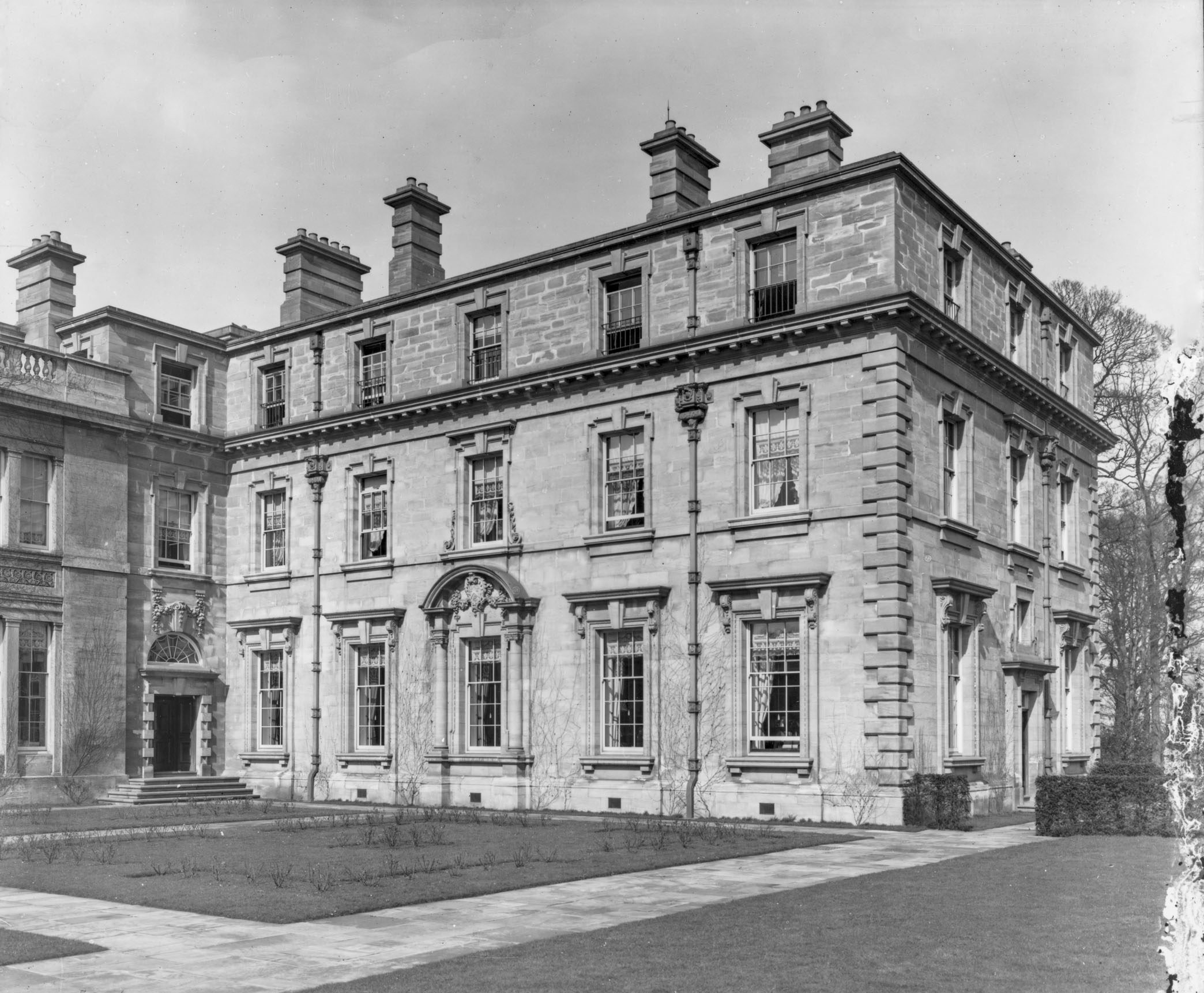
Week after week, the articles presented a different blend of historical decoration, increasingly so once Peter Graham got into his stride as Editor from 1900. Elizabethan or Jacobean carving — on screens or newel posts — was greatly admired and provided useful models for enthusiastic architects around the country. Houses that excelled in these combinations, such as South Wraxall Manor in Wiltshire, where late-Stuart Tuscan columns were inserted into 16th-century fabric, were especially favoured.
This was architecture as an accumulation of beautiful fragments of the past. In 1971, Country Life’s then Architectural Editor Mark Girouard went to visit George Devey’s mid-Victorian cottages around Penshurst Place in Kent, where he observed that the magazine’s foundation was ‘the culmination of the Devey frame of mind’. He was referring to the fact that Devey was admired in the architectural profession long after his death in 1886 for his astonishing attention to detail and his fascination for very carefully composed combinations of materials, whether he was designing a big country house or a village shop.
"The great houses by Lutyens associated with the magazine tell us a great deal about what it was that Hudson and Tipping wanted to promote"
In fact, in December 1899, Country Life had published a pair of illustrated articles on the already picturesque Penshurst cottages and, soon afterwards, it similarly praised W. H. Romaine Walker’s modern and well-equipped laundry and farm buildings, in Tudor guise, built for the dry-soap millionaire Robert Hudson at Medmenham in Berkshire.
A large country house — and Hudson’s Danesfield House, not far away in Buckinghamshire, was vast — required a suite of buildings to service it and the modular, flexible, organic Tudor style was ideal.
Sign up for the Country Life Newsletter
Exquisite houses, the beauty of Nature, and how to get the most from your life, straight to your inbox.
Significantly, Country Life was writing about architecture for landowners and, unlike the new Architectural Review or the Builders’ Journal, not for the architects themselves. This was echoed through its letters’ pages: correspondents would write in with questions about building on their estates and, often furiously, about the way in which the building bylaws restricted what they could do with picturesque old cottages that needed refurbishment.
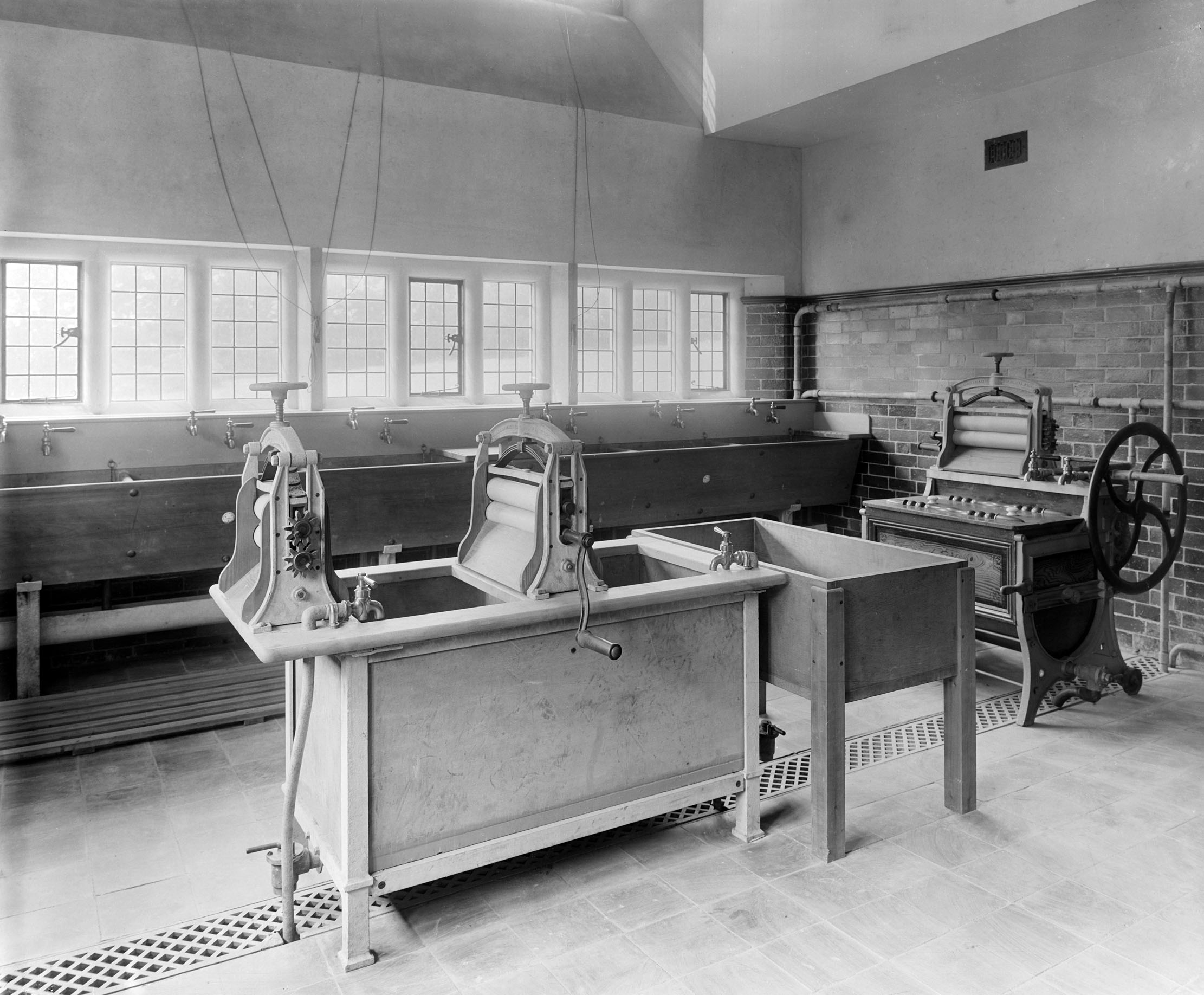
These regulations had been based on urban requirements and insisted on standard heights and materials, so the proud owner of a pretty row of cottages would find that, in spite of their best intentions, they would have to mutilate them or replace the thatch with plain slates or tiles if they wanted so much as to add a set of decent sculleries.
Country Life ran a successful campaign to reform these regulations and, at the same time, for town dwellers to buy up and restore decaying old cottages to revitalise both them and their villages. It supported the Liberal party’s policy of creating agricultural smallholdings with attractive new houses and farm buildings attached. In short, in the first 10 years of its existence the magazine saw all English domestic architecture, large and small, as part of a single enormously lively, growing, historical, political enterprise.
It also employed the man who might be seen as the country’s first real architecture critic — a man with a background as a historian, who is remembered for having been a great gardener, but who also had an astonishing awareness of what constituted a successful house. This was H. Avray Tipping, about whom Helena Gerrish published an excellent illustrated biography with many photographs drawn from Country Life’s archives in 2011.
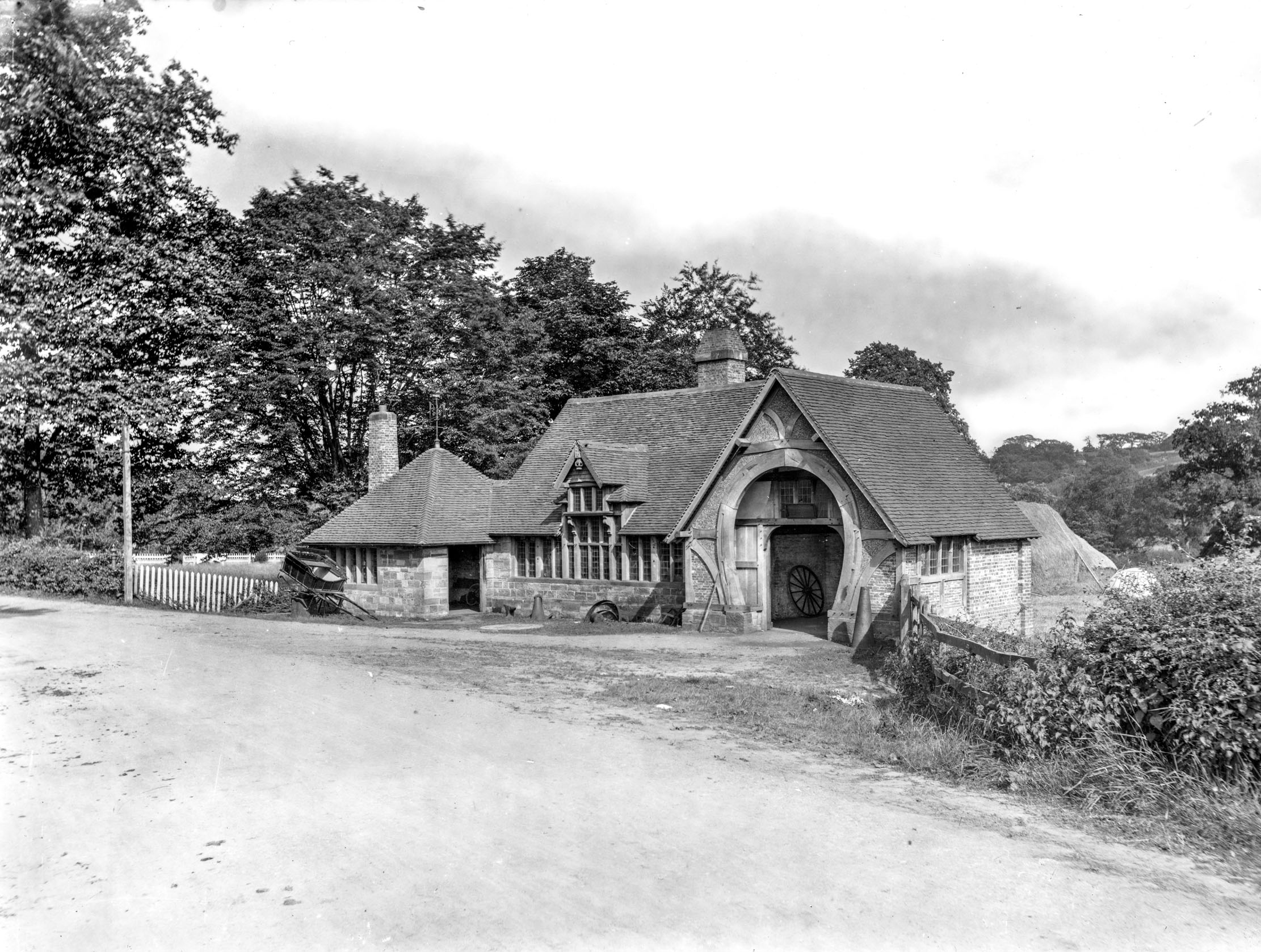
Tipping first appeared as Architectural Editor in 1907, but he had possibly contributed a great deal before then (bylines were rare). He had strong ideas about what he did not like, in particular, the Palladian architecture of the Georgian period, which he thought was dull and insular, cut off from the organic pan-North European tradition of ornamental brick architecture that England shared especially with the Netherlands.
The strength of Edwardian antipathy towards 18th-century styles can come as a shock. Lawrence Weaver, Tipping’s successor, thought that the replacement of a Tudor building at Normanby Hall, Lincolnshire, with a Classical one by the late-Georgian architect Robert Smirke was ‘a crime’.
Tipping was sympathetic to the type of house that mixes styles and he praised this in contemporary architecture, too. Edwin Lutyens, the favoured architect of Country Life’s co-proprietor Edward Hudson, designed a new house, Millmead, in Bramley, Surrey, in which almost every façade was in a different style to the next, from Jacobean to early 18th century. Tipping called it ‘perfect’. In fact, the great houses by Lutyens associated with the magazine tell us a great deal about what it was that Hudson and Tipping wanted to promote.
There are two aspects to this. Many architects were by then mixing styles across the country, as when E. Guy Dawber inserted a Rococo drawing room by Marcel Boulanger, the French interior designer of The Ritz, into Nether Swell, Gloucestershire, otherwise a ‘Tudor’ Cotswold farmhouse, but Lutyens proved more accomplished, his combinations more striking and more stylishly detailed.
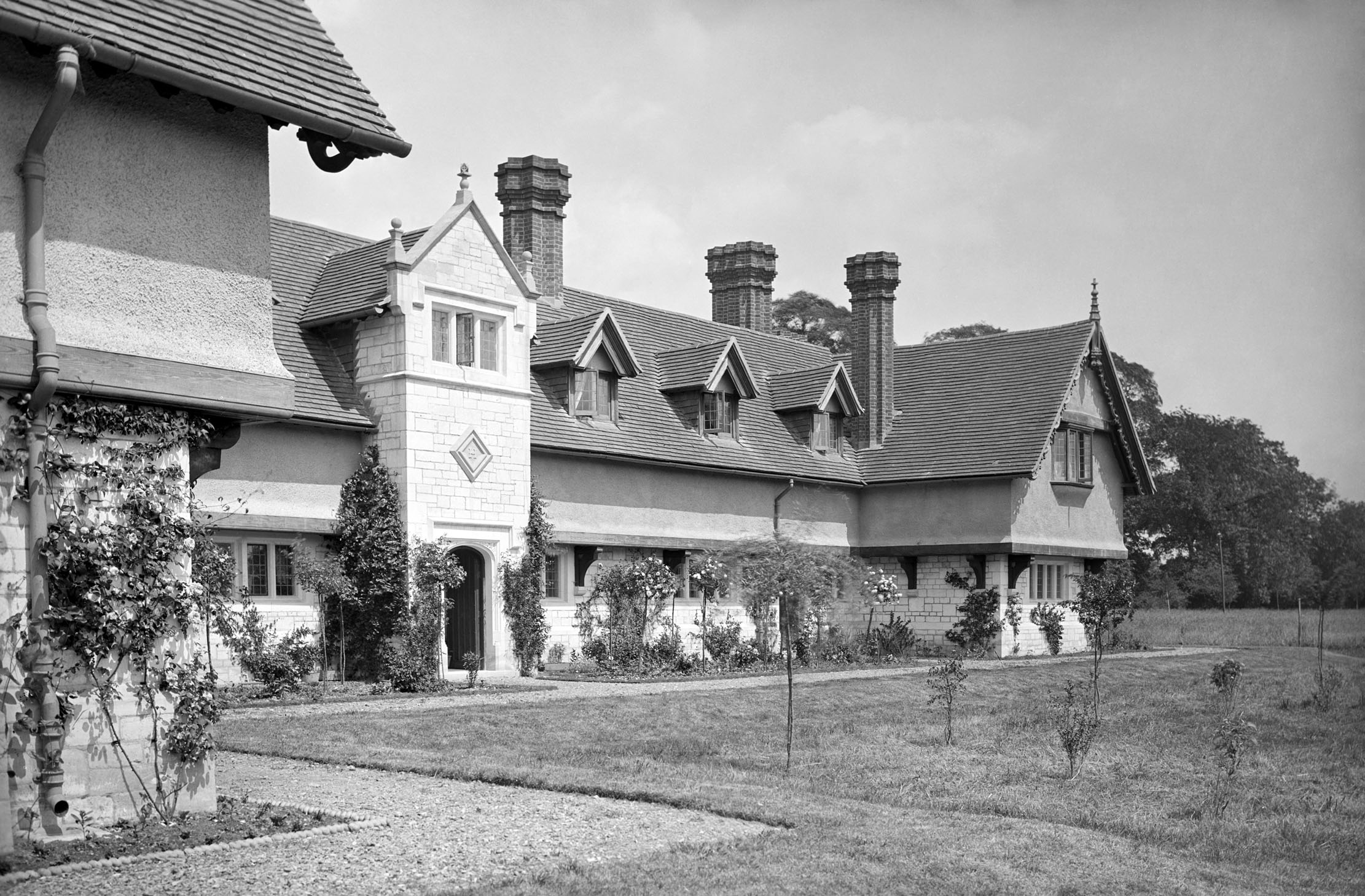
Country Life published what have become well-known photographs of three examples of houses in this idiom. At Fulbrook, near Godalming in Surrey, in 1896–97, Lutyens introduced a polished white neo-Classical stair hall into what looked on the outside like a Jacobean farmhouse, photographed for the magazine in 1903.
At Little Thakeham, West Sussex, he went one step further and introduced an entire external wall in a Baroque style into the drawing room of a building designed in the manner of a century beforehand. At Folly Farm, Berkshire, he designed a house in which every subsequent wing was earlier in style than the one before, so that the old house at its core, from which it sprung, was apparently the newest.
There was another approach that Tipping admired — and, as it happened, Lutyens was a master of that, too. This was the way in which architects who understood the details of old buildings could somehow enter into their past and remake them. Tipping did not share the attitude of fellow members of the Society for the Protection of Ancient Buildings, that the work of previous historical periods should remain untouched. He praised Charles Mallows, best known for pretty small houses and cottages, for incorporating fragments of an old staircase baluster into a new set in the same style, in the course of remodelling a house in Broadway, Worcestershire.
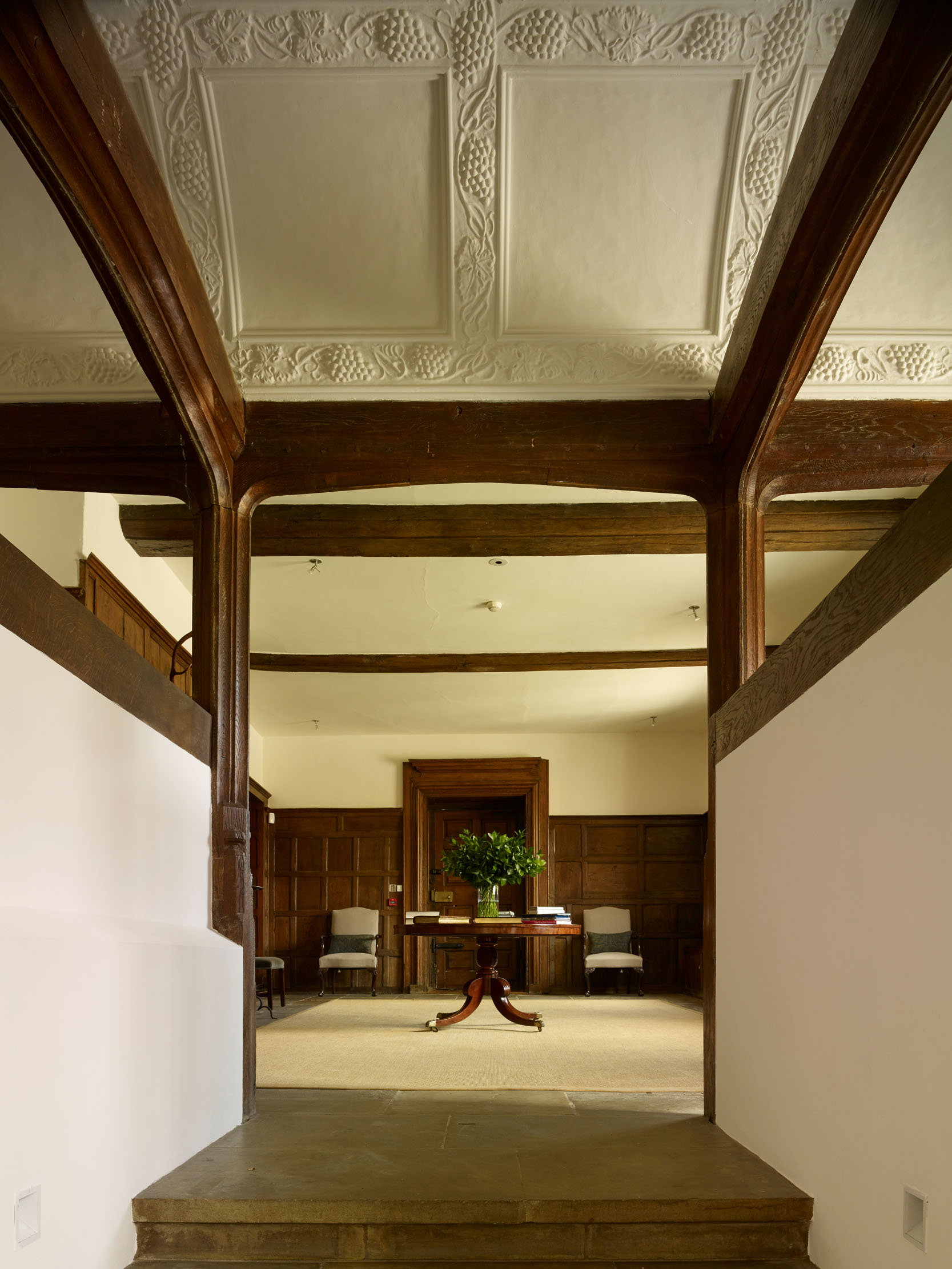
Many of Lutyens’s big country houses published — and publicised — by the magazine are remodellings in a similar vein, even when they look all new. Great Dixter, East Sussex, for Nathaniel Lloyd, was clearly a combination of different periods, but so was Great Maytham Hall in Kent, for Jack Tennant, brother-in-law, through his sister, Margot, of future prime minister Herbert Henry Asquith.
The house looks like a new creation, perhaps early 18th century in style, but, in fact, it encompasses the shell of a 1720s building. Lindisfarne Castle for Hudson, Ashby St Ledgers (Northamptonshire), Lambay Castle (on Lambay Island, off the Dublin coast), Abbotswood (Gloucestershire), Whalton Manor (Northumberland) and many more were remodellings. It appears, in retrospect, that only Country Life thought this important.
The magazine’s article on Great Maytham was written by Weaver, who, by September 1909, was contributing weekly articles on new houses. Tipping was increasingly occupied by his extensive other writing projects and Weaver could hardly have been more suitable to take on the work. He had a background in architectural leadwork and it seems likely that the informed, accurate way he wrote about this attracted Tipping, Hudson and Graham, who had always paid the greatest attention to the details of building.
"Going back into and remaking the past is not only a scholarly affair. It can also be where the magic lies. "
Although he seems to have shared his outlook, Weaver was a different type of journalist from Tipping: he liked to promote building projects, and introduced to the magazine a series of competitions for houses of different sizes. He also published compilations of articles that he and Tipping had written, the best known being his Small Country Houses of Today of 1911.
Perhaps more significantly, he published in 1913 a review of the remodelling projects that had caught his attention. These included Vann in Surrey, by the architect W. D. Caröe for his own family, and Margot Asquith’s wharf barn at Sutton Courtenay on the Thames — possibly the first barn conversion in the modern sense — by Walter Cave.
Weaver also admired Lympne Castle in Kent, remodelled by Sir Robert Lorimer for Frank Tennant, Jack and Margot’s brother. Thus it was laid out before readers that the modern country house was not necessarily a new project; it was more of a continuum of the past and present. Nothing conveys that better than a phrase Weaver used about Great Maytham: Lutyens had ‘picked up the thread’ that its original builder dropped in 1721.
Going back into and remaking the past is not only a scholarly affair. It can also be where the magic lies. Edwardian children’s authors often sent characters to bygone eras to see if they could make both them and the present a better place. E. Nesbit’s books are full of such time travelling. In 1904, Country Life published a strange article by Frederick Greenwood, the author of Imagination in Dreams, about a ‘re-countrified’ England, illustrated with photographs of Hudson’s own house and garden. The theory behind Greenwood’s book was that dreams are an attempt by the mind to rationalise intuitive responses to memories, an analogy to Country Life’s two-pronged campaign to change English architecture.
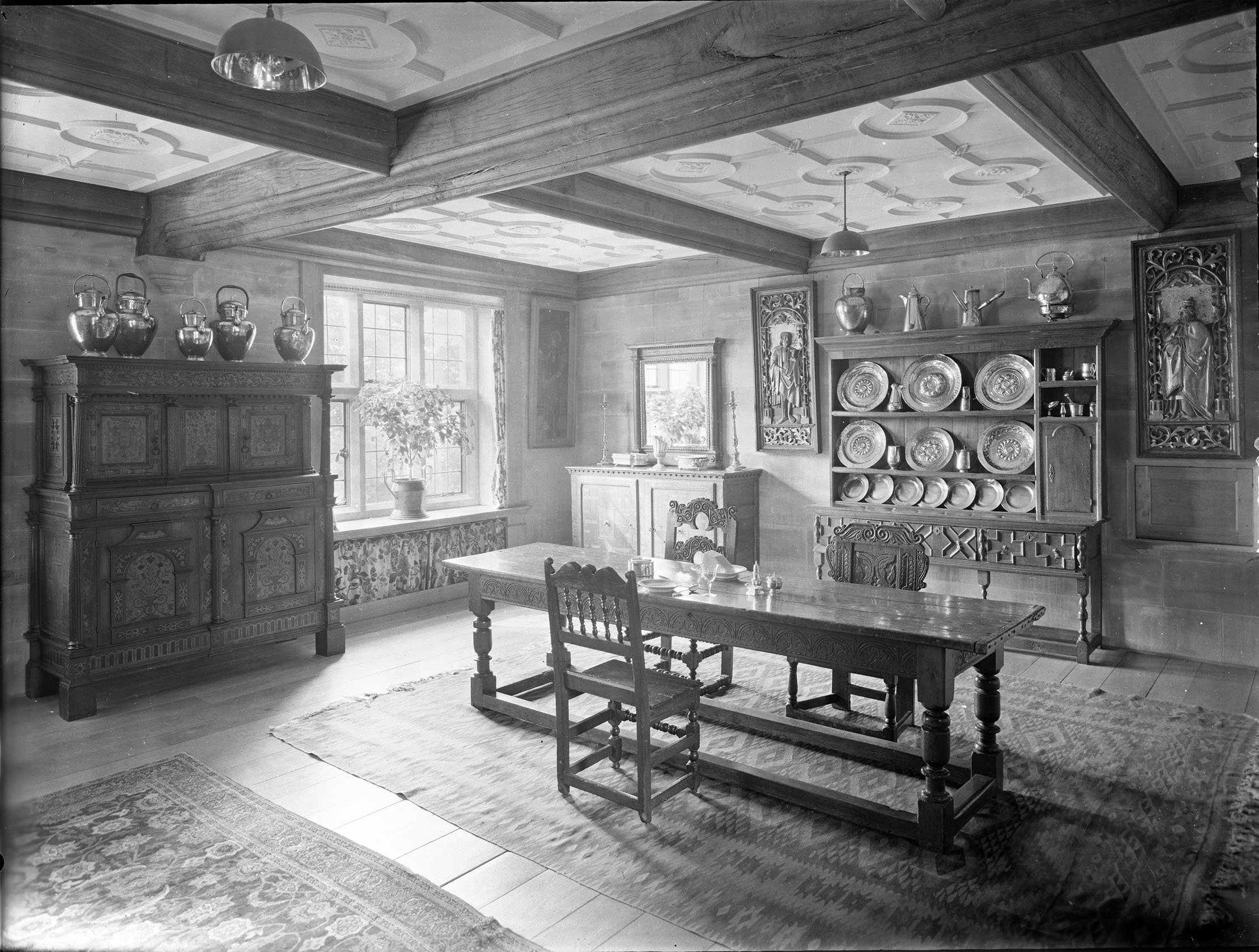
On the one hand, its writers made logical arguments based on rational analysis and appealing economic calculations; on the other, articles appeared alongside charming and sentimental stories and photographs to court the reader: a favourite pet wearing a comic hat; a pair of contented cats lying in the sun; children splashing in a stream.
Hudson learned about country houses by taking his invalid brother to visit them. This was not long before Frances Hodgson Burnett’s famous story of The Secret Garden, where two young children are restored to health by working alongside Nature in a garden. There is something of this behind Hudson’s own transformation from conveyancing clerk to inspired, visionary, magazine proprietor.
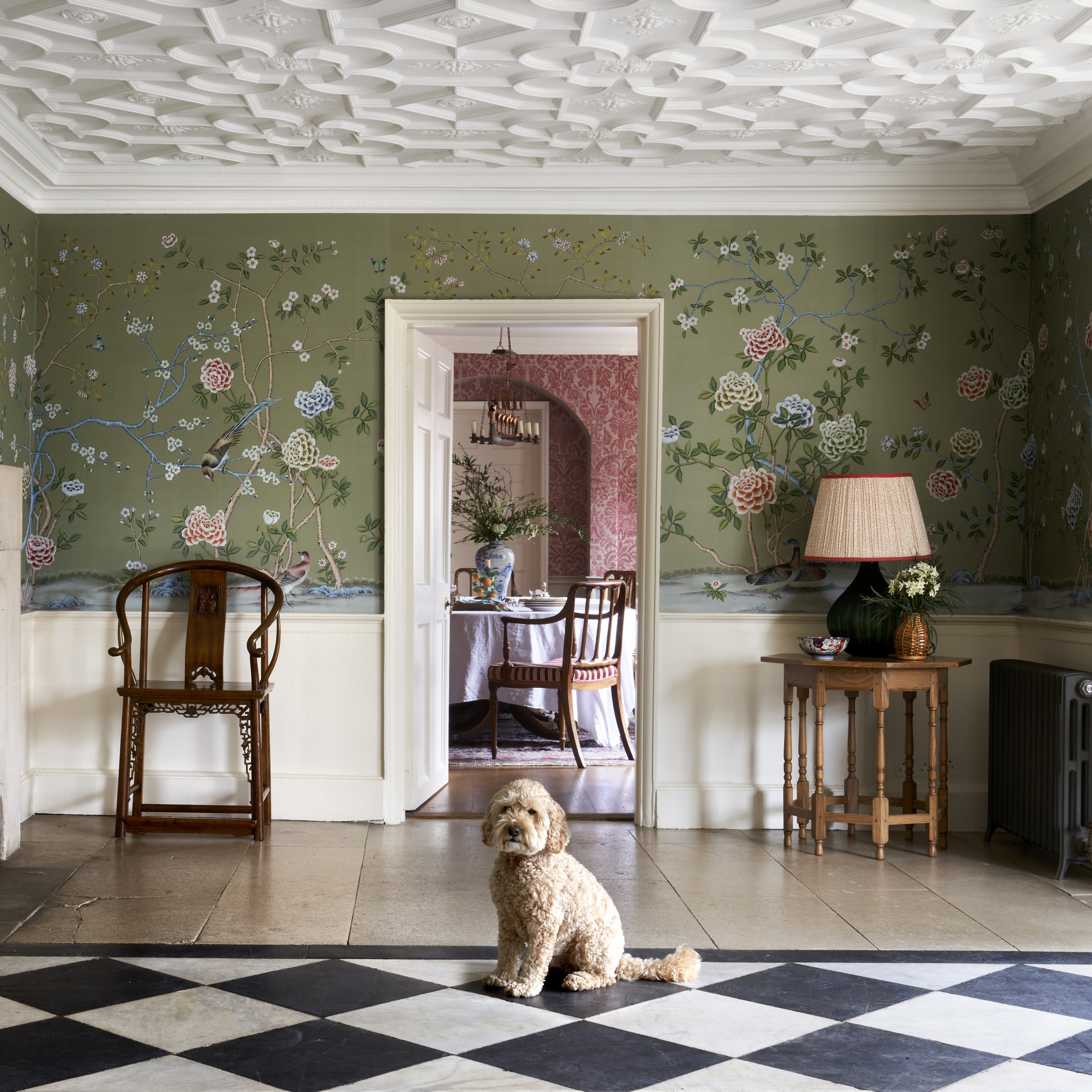
The Country Life Top 100 architects, interior designers, craftsmen, builders and garden designers in Britain
It's now six years since the original Country Life Top 100 was published, but the aim hasn't changed: we name
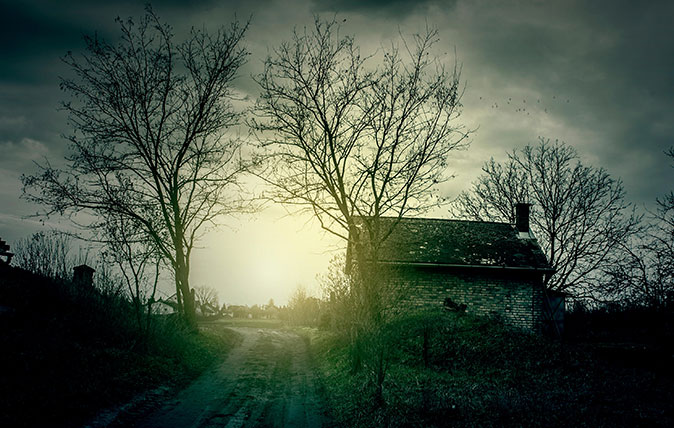
Credit: Alamy
Seven real-life ghost stories, shared by the readers of Country Life
Over the course of Country Life's 125-year history, dozens of readers have shared their tales of ghosts. Here we've picked
Country Life is unlike any other magazine: the only glossy weekly on the newsstand and the only magazine that has been guest-edited by HRH The King not once, but twice. It is a celebration of modern rural life and all its diverse joys and pleasures — that was first published in Queen Victoria's Diamond Jubilee year. Our eclectic mixture of witty and informative content — from the most up-to-date property news and commentary and a coveted glimpse inside some of the UK's best houses and gardens, to gardening, the arts and interior design, written by experts in their field — still cannot be found in print or online, anywhere else.

